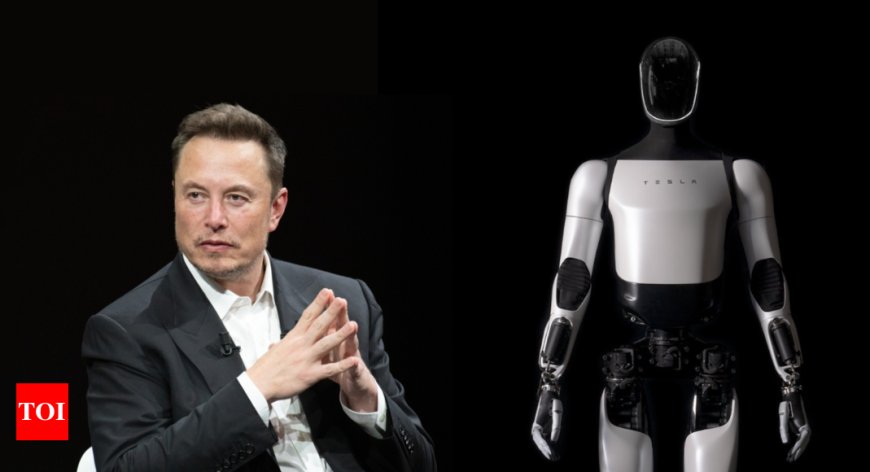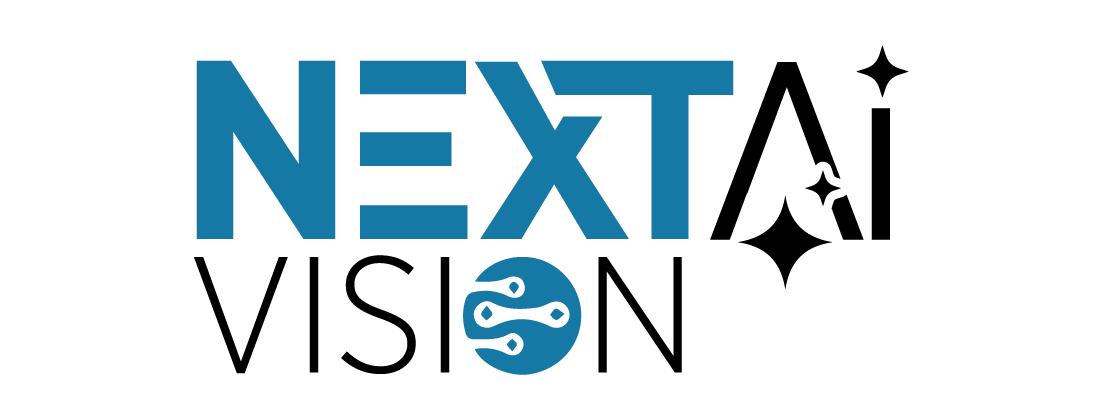Tesla Optimus & Ameca: The Future of Humanoid Robots and AI Evolution
Humanoid Robots Are Here: How Tesla Optimus & Ameca Are Redefining the Future

The Development of Robots like Tesla Optimus and Ameca: Revolutionizing the Future of Robotics
In recent years, advancements in robotics have reached unprecedented heights, with humanoid robots like Tesla Optimus and Ameca leading the way. These robots are not just futuristic concepts; they represent the cutting edge of artificial intelligence (AI), machine learning, and robotic engineering. As companies like Tesla, Engineered Arts, and others push the boundaries of what is possible, the development of robots is poised to revolutionize industries, enhance daily life, and redefine human-robot interaction.
Tesla Optimus: The Humanoid Robot for the Future
Tesla’s humanoid robot, Optimus, also known as the Tesla Bot, is one of the most anticipated innovations in the field of robotics. Unveiled in 2021, Optimus is designed to perform a wide range of tasks that are repetitive, dangerous, or physically demanding for humans. Tesla’s goal with Optimus is to create a robot that is both highly efficient and cost-effective.
Key Features of Tesla Optimus
-
AI and Neural Networks: Optimus leverages Tesla’s AI expertise, specifically its Dojo supercomputer, to process vast amounts of data and improve its learning capabilities. The robot uses neural networks to navigate the world and make decisions based on sensory input.
-
Autonomous Mobility: Optimus is built to walk, move objects, and perform tasks with human-like dexterity. Using Tesla’s self-driving technology, the robot can navigate its environment, avoid obstacles, and interact with the world in real-time.
-
Energy Efficiency: Optimus is designed to be energy-efficient, utilizing the same battery technology that powers Tesla’s electric vehicles. This makes it ideal for long-term operations without the need for constant recharging.
-
Human-like Interaction: With facial recognition and emotion-detection capabilities, Optimus aims to interact with humans in a more natural and intuitive way, which could have profound implications for healthcare, customer service, and personal assistance.
Ameca: The Humanoid Robot by Engineered Arts
While Tesla Optimus is still under development, another humanoid robot, Ameca, has already taken the world by storm. Developed by Engineered Arts, Ameca is known for its hyper-realistic design and advanced human-like expressions. Unlike Tesla Optimus, which is focused on performing physical tasks, Ameca’s primary goal is to advance human-robot interaction, especially in terms of communication, emotions, and social engagement.
Key Features of Ameca
-
Hyper-Realistic Design: Ameca's lifelike facial expressions, detailed skin textures, and human-like movements make it one of the most advanced robots in terms of appearance. This realism has significant potential for applications in entertainment, marketing, and customer service.
-
Human-Robot Interaction: Ameca is designed to interact with people in a way that feels natural. Its ability to convey emotions through facial expressions and gestures allows for a more engaging and relatable experience. This can be particularly beneficial in areas like therapy, education, and hospitality.
-
Robust AI Framework: Ameca uses a combination of AI-driven algorithms to process language, understand emotions, and respond to various stimuli. This enables it to hold conversations, react to human emotions, and adapt to different environments.
-
Modularity and Scalability: Engineered Arts has made Ameca highly modular, allowing for various configurations depending on the needs of specific industries. Whether it’s a service robot or a research assistant, Ameca can be adapted for various applications.
The Future of Humanoid Robots: A Glimpse into Tomorrow
The development of robots like Tesla Optimus and Ameca is just the beginning of a new era in robotics. As AI and machine learning continue to evolve, humanoid robots will become increasingly capable of performing complex tasks, interacting with humans in meaningful ways, and integrating seamlessly into our daily lives.
Potential Applications of Humanoid Robots
-
Workforce Automation: Tesla Optimus and similar robots could significantly transform industries by automating repetitive tasks in manufacturing, logistics, and service sectors. This would allow humans to focus on more complex and creative tasks.
-
Healthcare and Elderly Care: Robots like Optimus and Ameca could play a crucial role in healthcare settings, assisting with patient care, rehabilitation, and monitoring. Their human-like interactions could also help reduce feelings of loneliness among the elderly.
-
Customer Service: With advanced communication skills, humanoid robots could be used in customer service roles, providing 24/7 support and enhancing the customer experience.
-
Entertainment and Media: Ameca’s hyper-realistic features make it ideal for roles in entertainment, such as acting, virtual hosting, or even personalized media experiences. Its ability to convey emotions can bring a new dimension to interactive entertainment.
-
Research and Development: These robots could serve as valuable tools in research, especially in areas like human-robot interaction, AI development, and robotics engineering. Their ability to simulate real-world human behaviors offers a unique opportunity for experimentation.
Challenges and Ethical Considerations
While the potential benefits of humanoid robots are vast, there are several challenges and ethical concerns that must be addressed:
-
Job Displacement: As robots become more capable of performing human tasks, there is the risk of significant job displacement. This will require careful planning and re-skilling programs to ensure that workers are not left behind.
-
Privacy and Security: As humanoid robots collect and process data, ensuring the privacy and security of this information will be critical. Transparent policies and robust cybersecurity measures will be essential to prevent misuse.
-
Ethical Boundaries: The development of robots that can mimic human emotions raises questions about the ethics of creating machines that can potentially manipulate human emotions. It’s essential to ensure that humanoid robots are used responsibly and in ways that benefit society.
Conclusion: The Road Ahead for Humanoid Robots
The development of humanoid robots like Tesla Optimus and Ameca marks a significant leap forward in the field of robotics. As these robots continue to evolve, they will not only reshape industries but also change the way we interact with technology on a fundamental level. With their potential to enhance productivity, improve lives, and create new opportunities, humanoid robots are poised to be a central part of our future.
By staying informed on the progress of Tesla Optimus, Ameca, and similar innovations, we can better understand the profound impact that these robots will have on society in the coming years.


 admin
admin 





